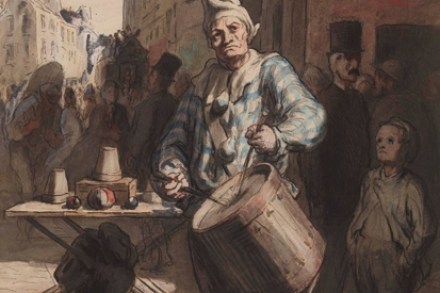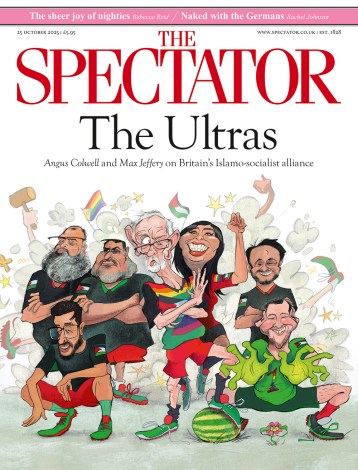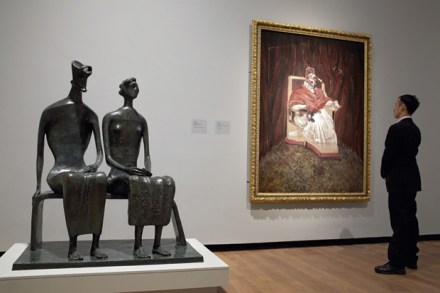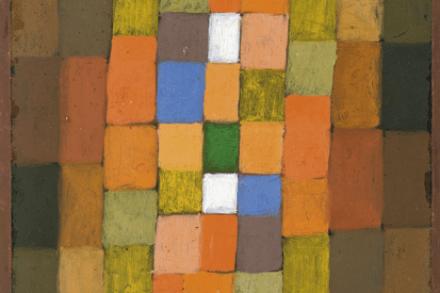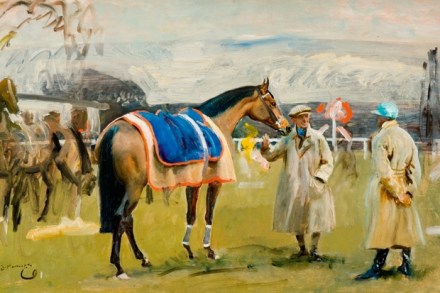Daumier’s paintings show he is at heart a sculptor
There hasn’t been a decent Daumier exhibition in this country for more than half a century, so art lovers have had to be content with the handful of pictures in national collections and books of reproductions. This works all right for the lithographs, which were after all made to be reproduced, and it is on
